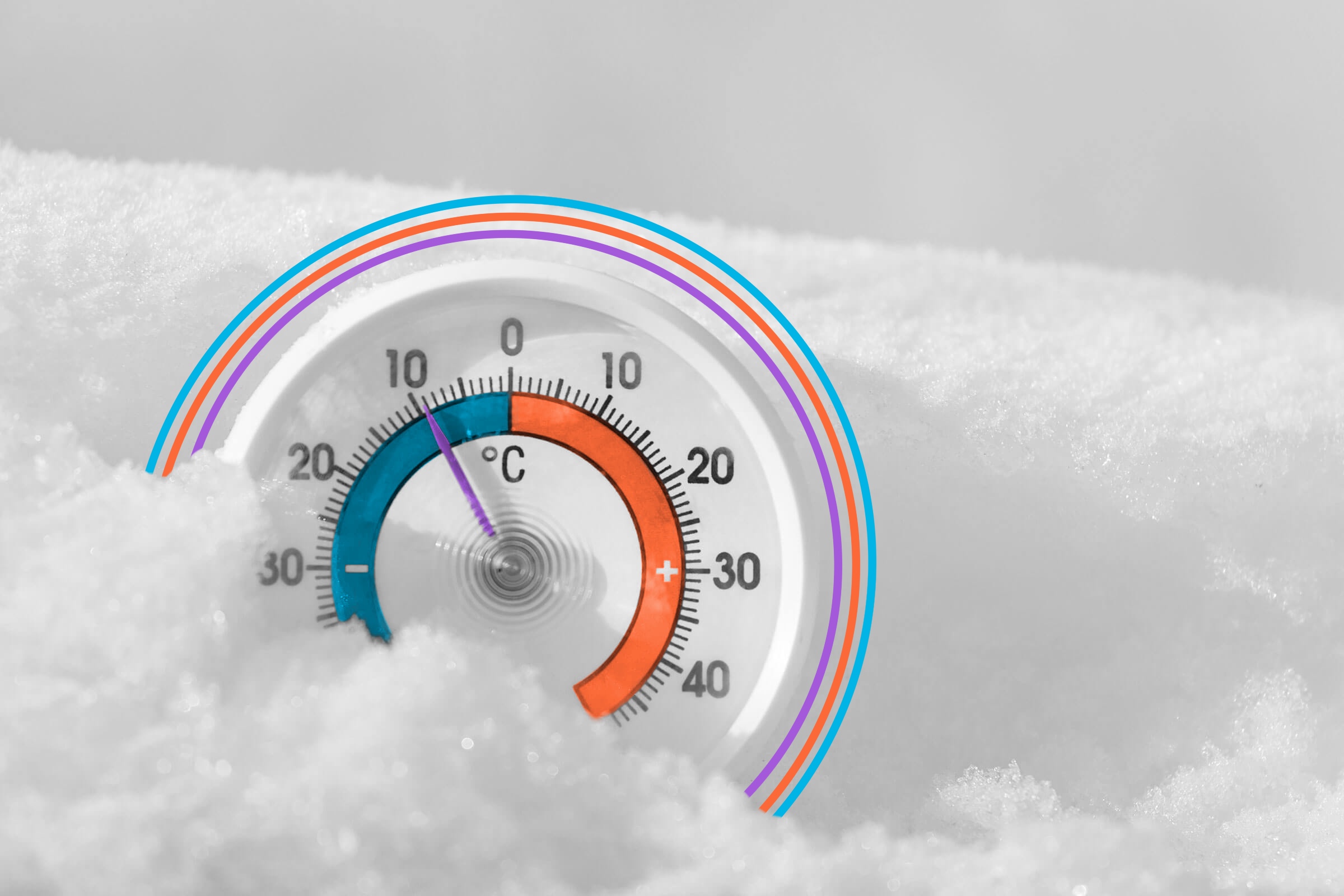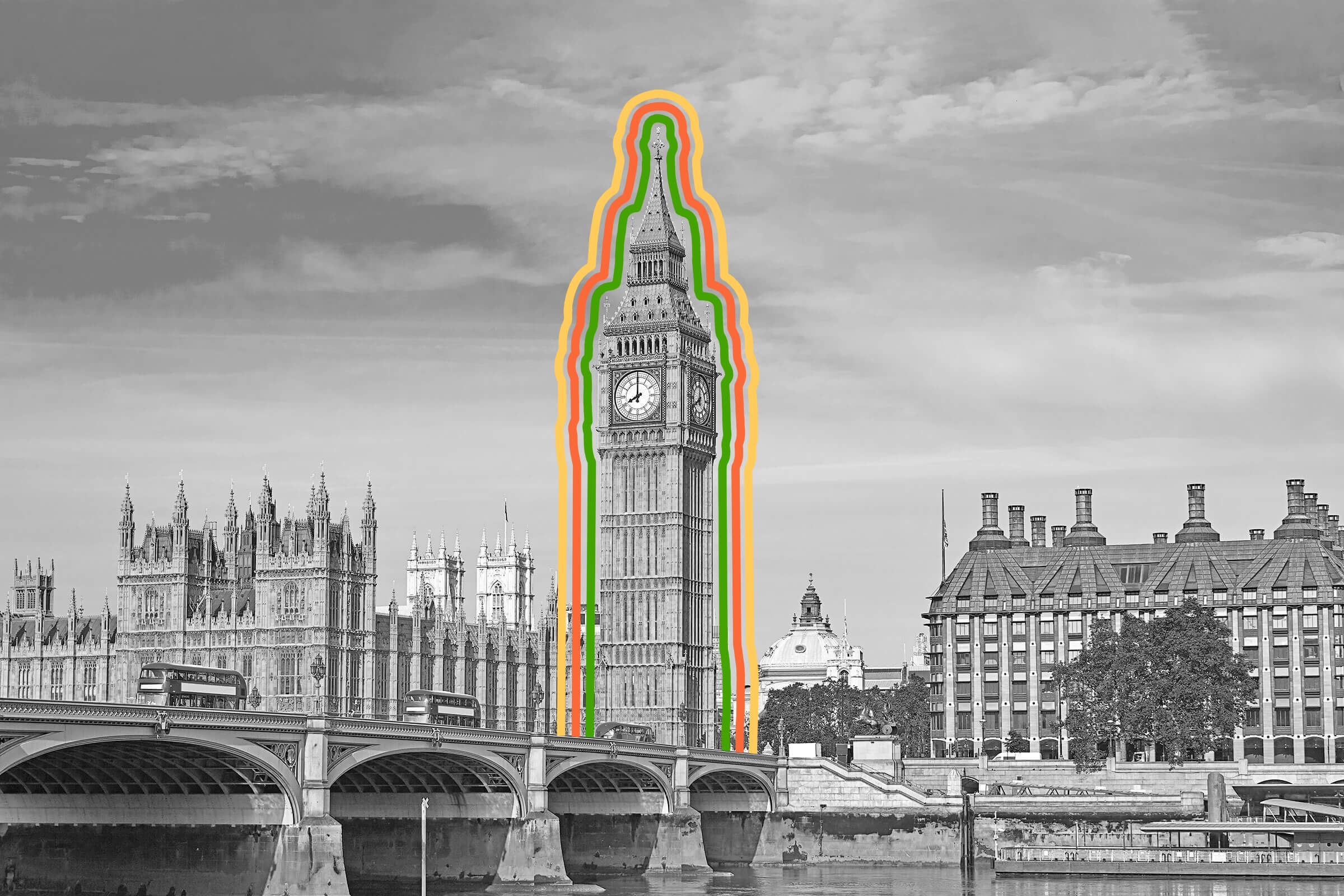
The Celsius scale was originally backward.
On Christmas Day 1741, Anders Celsius, a professor at Uppsala University in Sweden, took the world’s first temperature measurement using degrees Celsius — well, kind of. His scale had one big difference compared to the system we use today: It was backward. Instead of 0 degrees marking the freezing point of water, it instead marked the boiling point, while 100 degrees marked the freezing point. The reason for this arrangement may have been in part to avoid using negative numbers when taking temperature readings. After all, it’s pretty cold in Sweden a majority of the year, and air temperature never gets hot enough to boil water (thank goodness).
Celsius’ scale, then known as the centigrade (or “100-step”) scale, remained this way for the rest of his life, but in 1745 — one year after his death — scientist Carl Linnaeus (of taxonomy fame) ordered a thermometer with the scale adjusted to our modern orientation. Several other scientists also independently reversed the scale. Yet it wasn’t until some two centuries later, in 1948, that the International Bureau of Weights and Measures decided to rename “centigrade” to Celsius, in part to fall in line with the other major temperature scales named after their creators, such as Daniel Fahrenheit and William Thomson, 1st Baron Kelvin.
Although the Swedish scientist didn’t invent, or even use, the precise scale that now bears his name, his groundbreaking work is still worthy of the accolade. Before Celsius, a couple dozen thermometers were in use throughout the world, and many of them were frustratingly inaccurate and inconsistent (some were based on the melting point of butter, or the internal temperature of certain animals). Celsius’ greatest contribution was devising a system that could accurately capture temperature under a variety of conditions, and his name now graces weather maps around the world (excluding the U.S., of course).
Today’s second is derived from a sexagesimal system created by the ancient Babylonians, who defined the time unit as one-sixtieth of a minute. Fast-forward to the tail end of the 18th century, and the French Revolution was in a metric frenzy. In 1795, France adopted the gram for weight, the meter for distance, and centigrade (later renamed Celsius) for temperature. However, some of France’s decimal ideas didn’t quite stand the test of, er, time. By national decree in 1793, the French First Republic attempted to create a decimal system for time. This split the day into 10 hours, with each hour lasting 100 minutes, and each minute lasting 100 seconds (and so on). Because there are 86,400 normal seconds in a day, the decimal second was around 13% shorter. Although it was easy to convert among seconds, minutes, and hours, France’s decimal time proved unpopular — after all, many people had perfectly good clocks with 24 hours on them — and the idea was abolished two years later. Since then, a couple of other temporal decimal proposals have been put forward, including watchmaker Swatch’s attempt to redefine the day as 1,000 “.beats” (yes, the period was included) in 1998 in response to the internet’s growing popularity. However, ancient Babylon’s perception of time is likely too ingrained in human culture to change any time soon.

